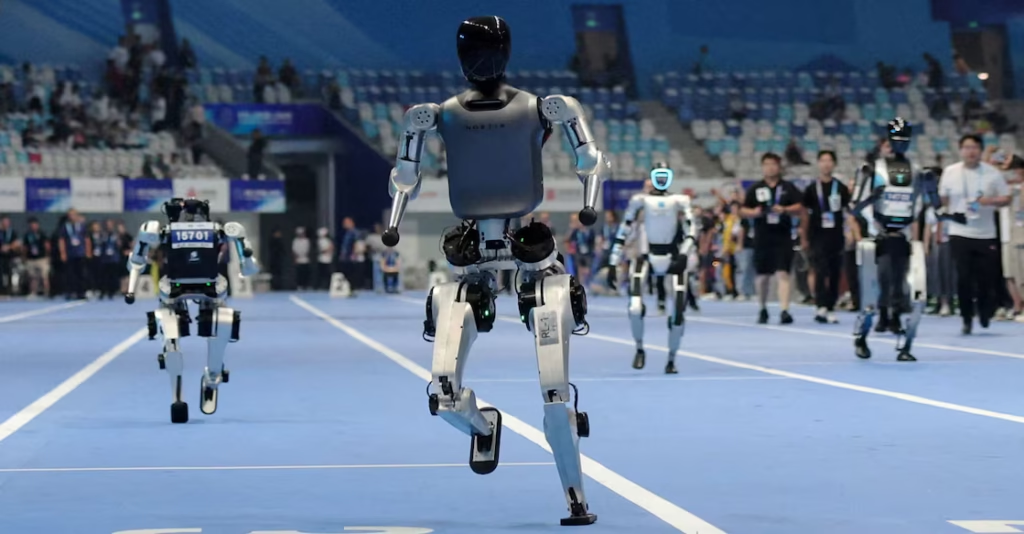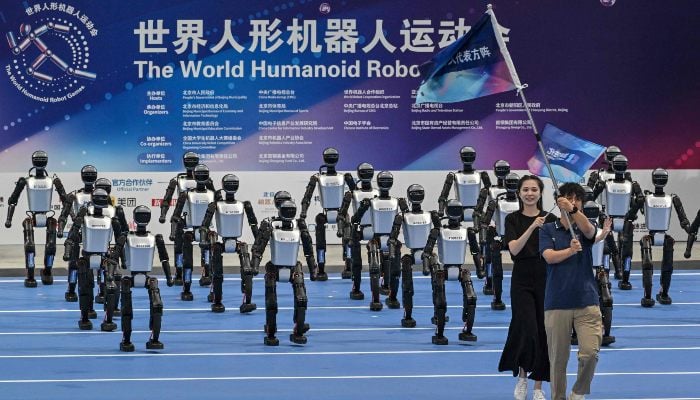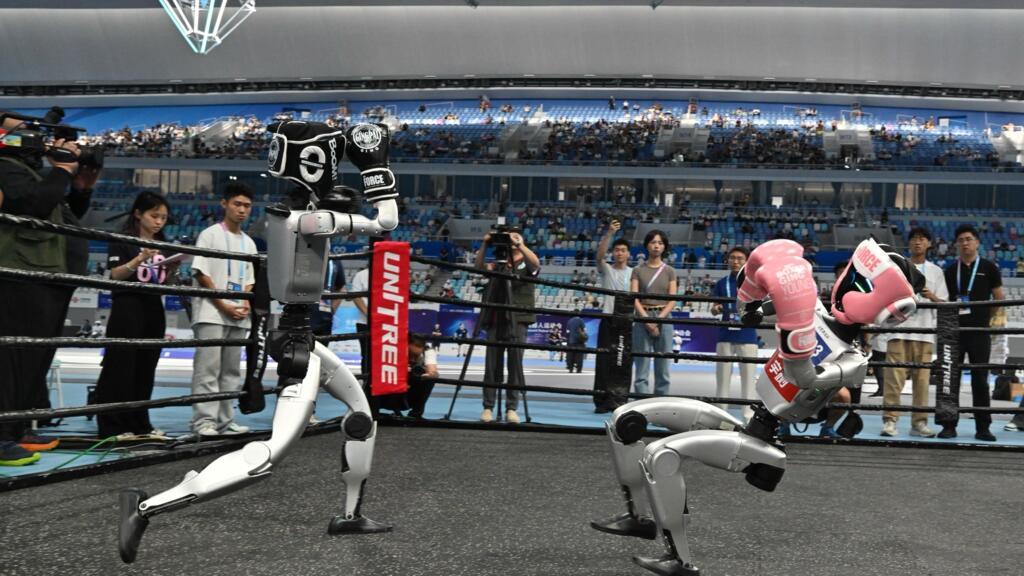World Humanoid Robot Games 2025

The World Humanoid Robot Games 2025 in Beijing have introduced a thrilling new era of humanoid robot sports. Over 500 AI-powered robots from 16 countries took part in global robotics competitions, competing in events that blend athletic performance with advanced AI technology.
This event is more than entertainment—it’s a showcase of how humanoid AI technology is evolving and transforming both sports and real-world applications.
What Are the World Humanoid Robot Games?
The World Humanoid Robot Games are the first international event dedicated exclusively to AI robot competitions where participants have human-like bodies. Unlike general robotics contests, these games test robots in activities directly modeled after human sports and practical challenges.
- Founded: 2025 (inaugural edition)
- Location: Beijing, China
- Participants: 500+ robots, 16 nations
- Events: From robot football matches to cleaning challenges
- Mission: Showcase global innovation in humanoid robotics and inspire STEM education.
The Evolution of Humanoid Robotics Competitions
- 1990s–2000s: Robot contests centered on industrial and wheeled robots.
- 2010s: The DARPA Robotics Challenge introduced autonomous humanoid designs for disaster response.
- 2020s: Improvements in robot motion algorithms, battery life, and lightweight materials paved the way for athletic humanoids.
- 2025: Launch of the first dedicated humanoid AI sports tournament.
Events & Challenges in 2025
The Games featured two main categories—athletic sports and practical skills:
Athletic Events
- Five-a-side robot football match – Testing team AI coordination and mobility.
- 1500m humanoid robot race—Unitree’s humanoid clocked 6:29, a leap in robot athletic performance.
- Kung fu demonstrations—Balance, agility, and motion planning AI under pressure.
Practical Skills
- Medicine categorization – Object recognition powered by sensor fusion systems.
- Cleaning challenges – Navigation in obstacle-filled environments.
The Technology Behind the Robots
These robots use
- AI-driven perception – Cameras, LiDAR, and computer vision.
- Reinforcement learning algorithms—Training humanoids for faster adaptation.
- Hydraulic/electric actuators – Powering precise humanoid movements.
- Sensor fusion—combining vision, touch, and orientation data for balance.
Example: Unitree’s runner used custom robot motion algorithms that improved forward speed without sacrificing stability—a benchmark in humanoid AI technology.
Global Robotics Leaders & Key Teams
- China: Unitree Robotics, Huawei AI Labs
- Japan: SoftBank Robotics
- USA: Boston Dynamics
- Europe: PAL Robotics, IIT humanoid research teams
These organizations dominate global robotics competitions through specializations in agility, endurance, or practical task execution.
China’s Strategy & Market Dominance

China’s humanoid robotics market is booming thanks to:
- A ¥1 trillion ($139B) AI and robotics investment fund.
- Integration of humanoid AI technology into national strategy.
- Robotics education programs across schools.
This strategy positions China to dominate industrial robotics and AI-powered humanoid sports globally.
Impact on Industry, Education, and Jobs
- Industry: Filling labor gaps in healthcare, logistics, and manufacturing.
- Education: Boosting STEM robotics education with school robotics programs.
- Jobs: New careers in humanoid AI engineering, robot ethics, and AI maintenance.
The Road Ahead The Future of Humanoid Sports
In the next 10–15 years, experts believe:
- Humanoids will match human sprint speeds.
- Perform gymnastics and complex sports.
- Compete in mixed human-robot athletic events.
This will redefine robot athletic performance and human-robot collaboration.
Beyond the Games Unexplored Possibilities
One untapped opportunity is human-robot cooperative sports—where robots assist humans instead of competing against them. This could transform:
- Athletic training
- Rehabilitation programs
- Mixed reality sports entertainment
Final Thoughts
The World Humanoid Robot Games 2025 are a milestone in humanoid robot sports. By merging AI robot competitions with cutting-edge engineering, they showcase not just entertainment but the next stage in humanoid AI technology shaping our industries, education, and daily lives.
Read More: WhatsApp Guest Chats The Ultimate Guide to the New Feature & How to Stay Safe




